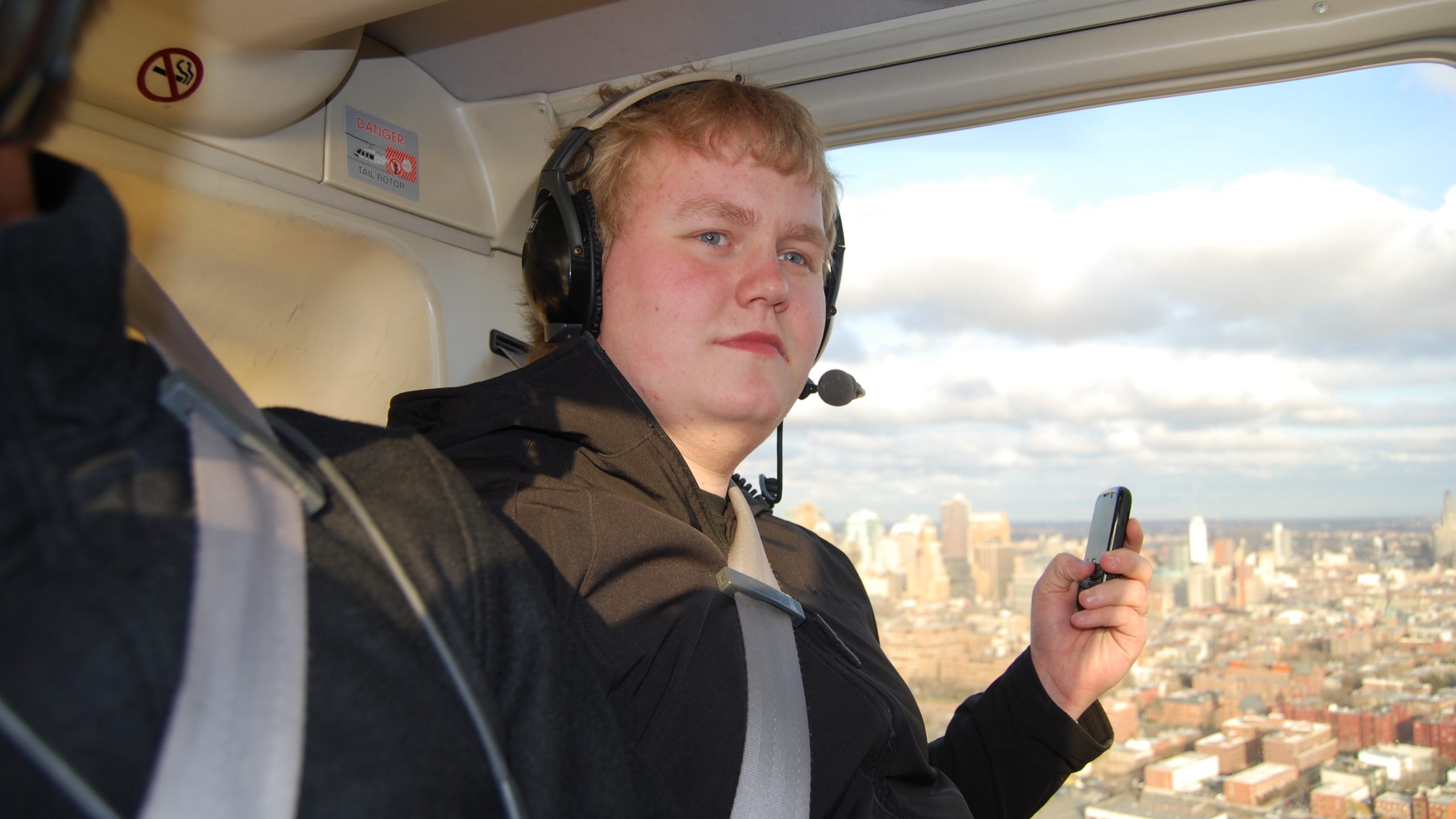In a bombshell of a revelation, an Icelandic hacker and one of the prime witnesses in the United States’ indictment against WikiLeaks founder Julian Assange has admitted to having lied in his testimony for immunity. Sigurdur “Siggi” Thordarson, a convicted hacker, made this admission in an interview with an Icelandic weekly, Stundin last week. Thordarson has been misleadingly portrayed as a close confidante of Assange.
In the fabricated testimony, Thordarson falsely claimed to have conducted hacking at the behest of Julian Assange in 2010 and 2011. In court documents presented by the US, Thordarson is mentioned as a “Teenager” whom Assange had encouraged to hack into communications of local legislators and a bank, during his visit to Iceland for his work in a press freedom campaign to protect whistleblowers and journalists.
Thordarson said in his interview that he had contacted the US embassy in Iceland and offered himself as a witness to a criminal investigation against Assange. He was recruited immediately as a witness by the Federal Bureau of Investigation and the US Department of Justice in return for immunity from prosecution for his hacking, embezzlement and other criminal activities he was previously involved in.
Thordarson said in his testimony that he was a prominent WikiLeaks representative and carried out hacking activities for WikiLeaks, and in collaboration with hacktivist group LulzSec. This testimony was used by the US Department of Justice in the second indictment process, in June 2020, to expand the scope of conspiracy charges against Assange.
It now turns out that Thordarson was only involved in a limited capacity for a fundraising effort for Wikileaks, in 2010. During the period, Thordarson is reportedly found to have embezzled USD 50,000 from Wikileaks through the fundraiser, while also having been involved in other illicit activities, completely unknown to either Assange or WikiLeaks.
The court documents also stated that “Mr. Assange and Teenager (Thordarson) failed a joint attempt to decrypt a file stolen from a NATO country 1 (Iceland) bank.” Thordarson now admits that these were related to a highly publicized event in 2010 of a widely shared encrypted file, leaked from an Icelandic bank, containing information about defaulted loans in the Landsbanki that had earlier precipitated the 2008 banking crisis.
The file was uploaded by an anonymous whistleblower and several online hacktivists had attempted to decrypt the files. Assange’s involvement with the leaking of the file was next to zero and it is not known if any attempt was made by him to decrypt the file. Thordarson also shared his chat logs and communications with Wikileaks staff and various hacking groups between 2010 and 2011.
The communications, according to the Stundin report, did not contain any indication that WikiLeaks was aware of his contact with other hackers. The report also stated that Thordarson had repeatedly presented himself as an important part of Wikileaks, to mislead others to gain access to confidential files from Icelandic entities or for cyberattacks.
‘Used Iceland to catch Assange’
The hacker also confirmed in the interview that he did contact one of the members of LulzSec, Hector Xavier Monsegur or “Sabu”, in 2011, which was completely unknown to WikiLeaks. Later that year in August, after a denial-of-service (DDoS) attack on several government websites by LulzSec, Thordarson had contacted the US embassy. He was soon contacted by US prosecutors and the FBI and flown to Denmark.
According to the Stundin, during the time of DDoS attack, Sabu was apprehended by the FBI and recruited as an informant, indicating the US having prior information about the cyberattacks in Iceland. Ögmundur Jónasson, Iceland’s former minister of the interior, also told Stundin that the attack became a premise for the FBI to secure a letter rogatory into Iceland to “spin a web” for Assange.
“They were trying to use things here [in Iceland] and use people in our country to spin a web, a cobweb that would catch Julian Assange,” Jónasson speculated. “What I have been pondering ever since is if the spinning of the web had already started then with the acceptance of the letter rogatory establishing cooperation that they could use as a pretext for later visits.”
According to Jónasson, it was based on this letter rogatory that the FBI was able to enter the country, hold multiple meetings with Thordarson, along with Icelandic prosecutors and police, and then take him away as a key witness against Assange. The speculation also indicates that the US was actively pursuing an investigation and even a possible prosecution against Assange even under the Barack Obama administration.
Assange currently continues to languish in a prison in Belmarsh in the United Kingdom, as the US continues to push for his extradition and prosecution under multiple charges of espionage and cybercrimes, which together carry a maximum of 175 years in prison. Despite calls from press freedom advocates, activists, Assange’s family and civil society groups, the administration of president Joe Biden has not dropped the indictment, which could have serious implications on constitutionally-guaranteed rights such as press freedoms.





